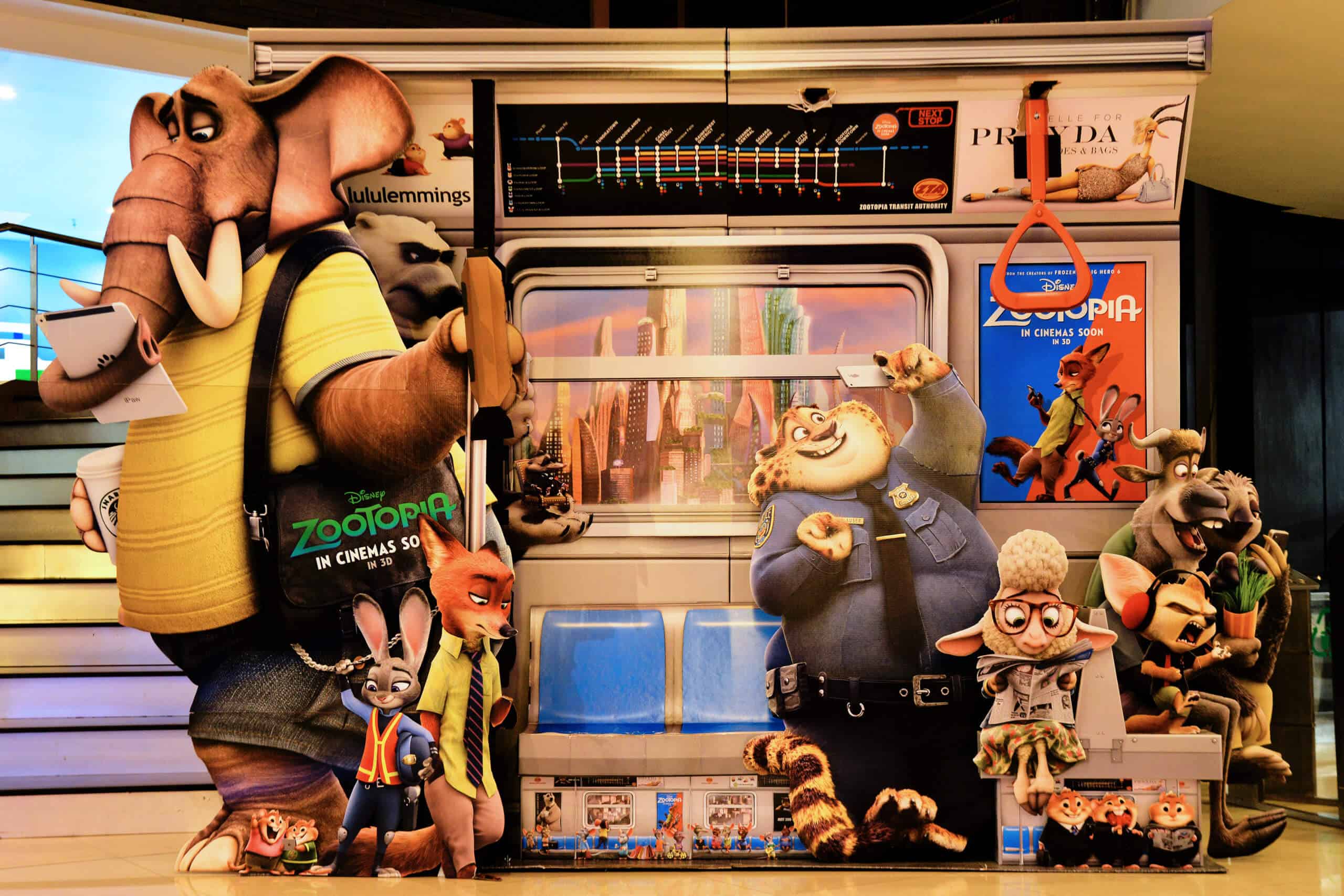A modern classic, Disney's Zootopia wowed audiences around the world, but the story behind the film is just as mesmerising.
The project supervisor Kira Lehtomaki said Zootopia was all about observation. It was the thing that took almost a whole day long just watching after the rabbits, adjusting the way how the cartoon hero would look, how it must be designed to recreate the animal behaviour from nature to the screen.
Lehtomaki has already worked on other Disney projects like Moana, Tangled, Frozen. Zootopia connected all previous cartoons of this studio and some films.
Zootopia’s Infrastructure
Zootopia was an animal city, which counted 64 different characters, particular architecture and even separate urban areas.
Everyone had a prototype of a human social position connected with the animal type. The city of Zootopia is full of microscopic details, infrastructure, landscapes, that caught viewers attention from the first second.
The creators divided Zootopia into three separate climatic zones according to the species that could live there.
For animals of different sizes were innovated several transport systems, small tunnels, entries, elevators.
For instance, in the scene when hamsters go down through their ordinary plastic tubes, copying a business rush, embodying the bustling around money, phones and shares.
And one of the difficulties the team faced was the realistic vicinity with all possible details that contemporary megapolis includes.
From transport junctions, pedestrians to shopping malls. Modern architecture perfectly matched London, Tokyo, New York. It was the piece of imagination when glass skyscrapers could be comfortable and spacious for elephants, sloths, rhinos beside rabbits, lions and bears.
In other words, Zootopia had to be the perfect place to live for a dozen species.
Zootopia combined the special conditions for the living of incompatible species in one city. As we remember, a protagonist rabbit, who dreamed of being a police officer, cooperated with a fox and other predators without the fear of being killed.
The story of Judy Hops has a reflection on human life. We came to the capital just to become the main hero of our dream.
Advanced Fur Technology
Zootopia was one of the first Disney cartoons created in three-dimensional programmes. The work with characters started withdrawing. Artists created the pictures before the part of modelling began.
At that stage, they developed a proper programme to renovate the tender fur cover. It helped to get control of how the smallest hairs placed among millions. And if everyone could notice, species owned individual appearance.
To create this new shader took almost eight months before the first attempts of experiences in the studio.
This grooming system allowed the fur on a fox on the onscreen like the fur on a real fox. In other words, to realise the natural colour of the fur, its structure, how shiny it was, rough or transparent, the extra shading tool was urgently necessary to use.
The difference in modelling the human hair and animal one was in the number of hairs we usually never mind to count.
For instance, a fox has a million hairs covering the body, while Rapunzel with the longest one, in quantity if the thousands only.
To observe the nuances of fur structure, even to zoom the hair in the microscope, the creative team went to The Natural Museum.
The real reason to change the base of ordinary modelling was the complicated goal that supervisors intended to get – formed each animal with original gestures, poses and posture, following the unnatural mix between human and animal.
More cracking film content right here:
The Impossible Architecture of Italian Production Designer Ludovica Ferrario
Support us!
All your donations will be used to pay the magazine’s journalists and to support the ongoing costs of maintaining the site.
Share this post
Interested in co-operating with us?
We are open to co-operation from writers and businesses alike. You can reach us on our email at [email protected]/[email protected] and we will get back to you as quick as we can.









